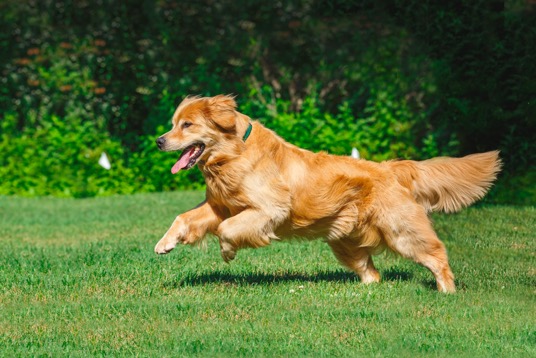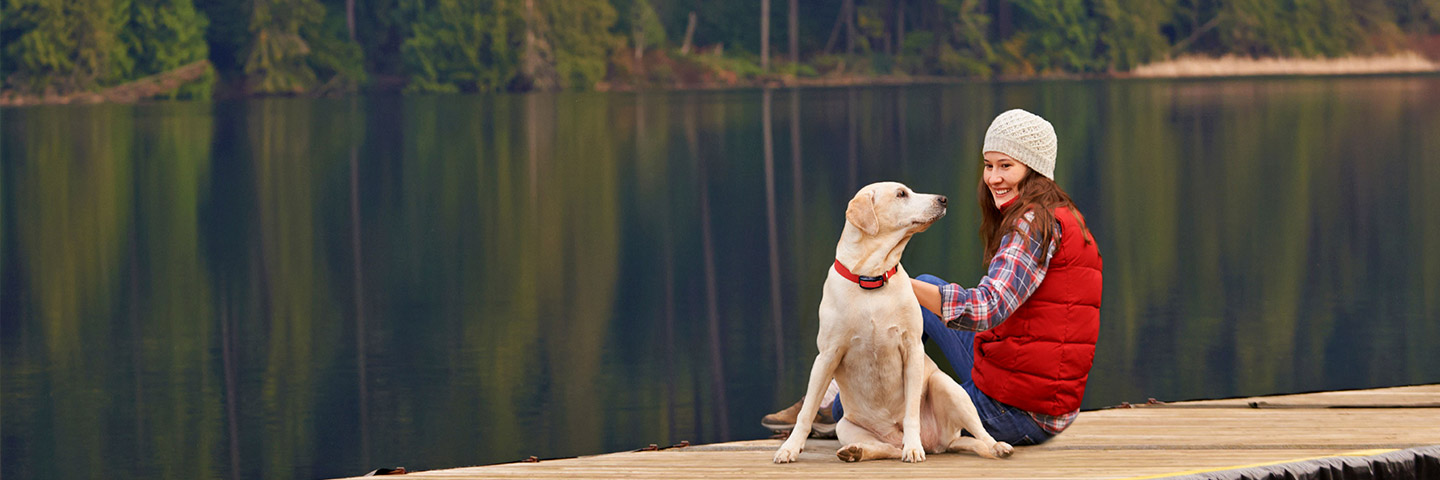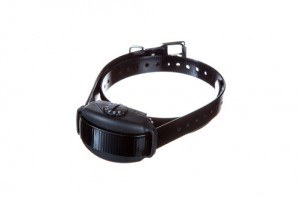
Spring Into Safety: Preparing Your Yard for Your Dog
Spring is here in Northern Alabama, and with it comes sunshine, blooming flowers, and the perfect chance to refresh your outdoor space. But if you’re a dog owner, Spring also means it’s time to get your yard ready for your pet—and that goes beyond just cleaning up leaves.
If you live in Northern Alabama, Spring is also the ideal time to install an underground hidden dog fence from DogWatch.
–––
🌱 Step 1: Clean Up Debris After Winter
After months of rain and wind, your yard might be looking a little rough. Before your dog starts spending more time outside:
- Remove fallen branches and yard debris
- Clear out dead plants and brush
- Walk your fence line and check for gaps, damage, or weak spots
Winter can leave behind hidden hazards, so it’s best to start fresh and safe.
–––
🌿 Step 2: Repair, Reseed, and Refresh Your Outdoor Space
Your lawn might need a little love after winter—and your dog’s zoomies!
- Reseed bare patches with pet-safe grass seed
- Level out muddy or uneven areas
- Avoid harsh fertilizers—opt for natural, dog-safe alternatives
Creating a healthy yard now means more fun for your dog all season long.
–––
🛠️ Step 3: Have DogWatch of North Alabama Install a Hidden Dog Fence from DogWatch
Once the yard is in shape, it’s time for the best upgrade of all: an underground dog fence.
Why Install in Spring?
Soft soil = easier installation
The ground is thawed, making it the perfect time to bury the wire.
Perfect weather for training
Training your dog on the new boundary is easier when the weather is mild—not too cold, not too hot.
Let your dog enjoy spring safely
Dogs are ready to stretch their legs after winter. A hidden fence gives them freedom *and* keeps them secure.
Combine with landscaping projects
Planning to plant or add features? It’s easy to integrate fence installation with other spring upgrades.
–––
👀 Bonus: Keep the View, Ditch the Fence
Traditional fences can block your view and feel bulky. An underground fence gives your dog room to roam—without compromising your landscaping or curb appeal.
It’s the best of both worlds: safety for your dog, and freedom for your eyes.
Reliable Containment: DogWatch underground fence systems are designed to keep pets safe within designated boundaries without the risk of them digging under or jumping over a fence.
No Physical Barrier: There’s no risk of injury from pets trying to climb or break through a physical fence, which can sometimes cause harm.
––
Aesthetics and Property Value
Invisible Boundaries: Hidden fences do not obstruct views or alter the landscape, maintaining the aesthetic appeal of your property.
Preservation of Open Space: Unlike traditional fences, which can make a yard feel smaller, hidden fences keep the area open and spacious.
––
Flexibility and Customization
Customizable Boundaries: The DogWatch hidden fence system can be tailored to the specific needs of your yard and can be adjusted easily if you want to change the containment area.
Multiple Zones: DogWatch systems can create multiple zones, allowing for different levels of access or restricted areas within your property.
Lower Installation Costs: Compared to building a physical fence, the installation of a DogWatch Hidden Fence is often more affordable.
Minimal Maintenance: There are fewer maintenance requirements compared to traditional fences, which can deteriorate over time.
–––
🐶 Final Thoughts
Spring is the season of fresh starts—and what better way to welcome it than by giving your dog a safe, beautiful yard to enjoy?
Clean up, prep your lawn, and consider installing an underground hidden dog fence. Your dog will love the freedom, and you’ll love the peace of mind.


